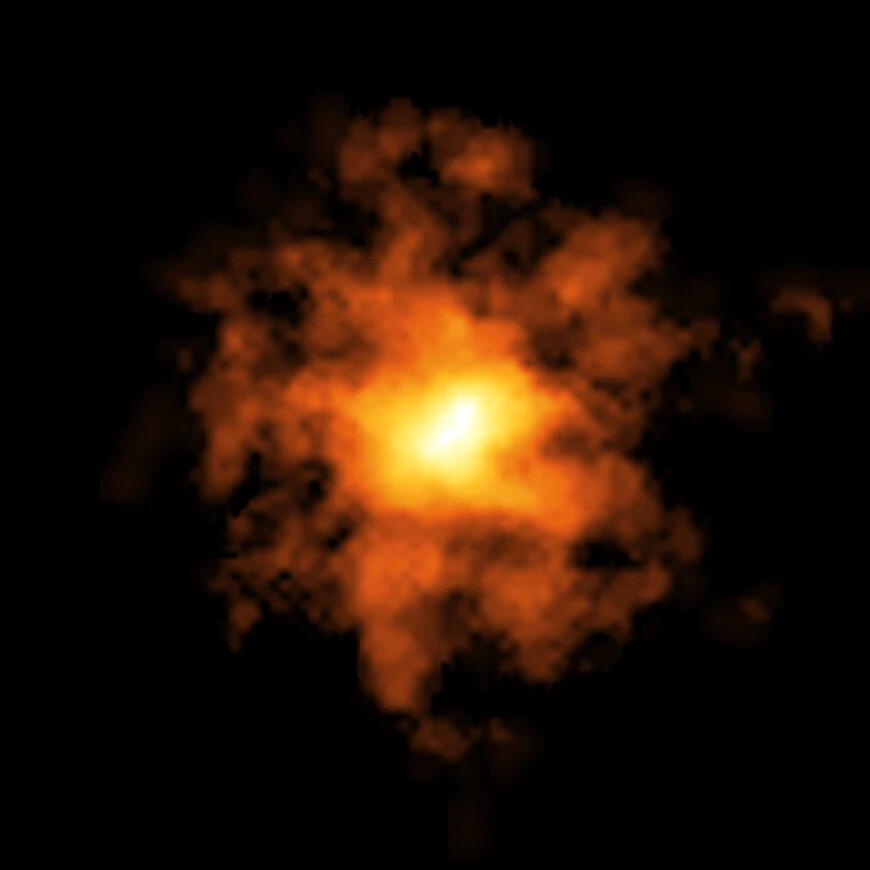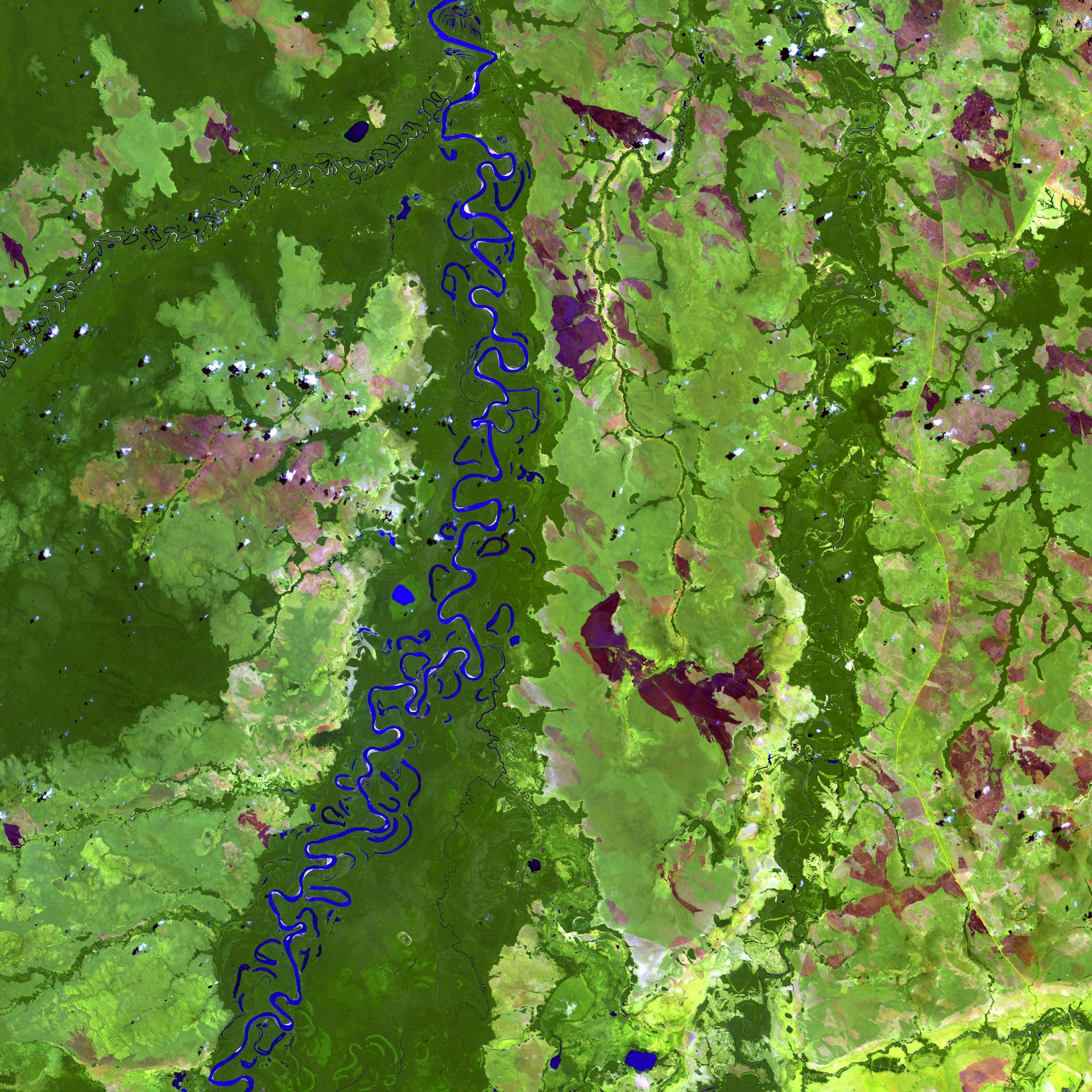This NASA Hubble Space Telescope image captures a triple-star star system.
NASA, ESA, G. Duchene (Universite de Grenoble I)
Image Processing: Gladys Kober (NASA/Catholic University of America)]

The box in the ground-based image reveals the location of Hubble’s view within the wider context of this triple-star system.
NASA, ESA, G. Duchene (Universite de Grenoble I); Image Processing: Gladys Kober (NASA/Catholic University of America); Inset: KPNO/NOIRLab/NSF/AURA/T.A. Rector
University of Alaska Anchorage/NSF's NOIRLab
Standing in stark contrast with how the authors of the Bible guessed the Universe was like, we have this tiny fraction of it as revealed by the Hubble Space Telescope. It shows some of the earliest stars in formation:
Looking like a glittering cosmic geode, a trio of dazzling stars blaze from the hollowed-out cavity of a reflection nebula in this new image from NASA’s Hubble Space Telescope. The triple-star system is made up of the variable star HP Tau, HP Tau G2, and HP Tau G3. HP Tau is known as a T Tauri star, a type of young variable star that hasn’t begun nuclear fusion yet but is beginning to evolve into a hydrogen-fueled star similar to our Sun. T Tauri stars tend to be younger than 10 million years old ― in comparison, our Sun is around 4.6 billion years old ― and are often found still swaddled in the clouds of dust and gas from which they formed.
As with all variable stars, HP Tau’s brightness changes over time. T Tauri stars are known to have both periodic and random fluctuations in brightness. The random variations may be due to the chaotic nature of a developing young star, such as instabilities in the accretion disk of dust and gas around the star, material from that disk falling onto the star and being consumed, and flares on the star’s surface. The periodic changes may be due to giant sunspots rotating in and out of view.
Curving around the stars, a cloud of gas and dust shines with their reflected light. Reflection nebulae do not emit visible light of their own, but shine as the light from nearby stars bounces off the gas and dust, like fog illuminated by the glow of a car’s headlights.
.jpg)
The Universe as described in Genesis 1: 3-18 and Daniel 8:10.
HP Tau is located approximately 550 light-years away in the constellation Taurus. Hubble studied HP Tau as part of an investigation into protoplanetary disks, the disks of material around stars that coalesce into planets over millions of years.
The description of the Universe as a small, flat planet with a dome over it and stars stuck to the underside of the dome, was the best guess of simple Bronze Age pastoralists who only knew their small area of the Middle East and described what they thought they saw. Of course, that nonsense about the stars shaking loose from the dome and falling to earth during earthquakes was a stretch of the imagination too far. That should have raised doubt in the minds of those who decided to incorporate the Bronze Age pastoralists' naive description in a book they declared to be the inerrant word of an omniscient creator god, but then they probably knew no better themselves.
But now we do, so the ludicrously childish description of the Universe compared to the reality of the Universe as science is now revealing it, should, in the mind of any objective, rational person, raise considerable doubt about the value of the rest of the book, declared by the same compilers to be an accurate record of science and history.
















.jpg)














